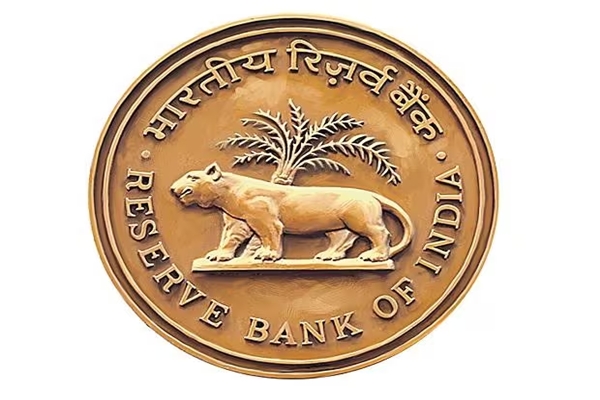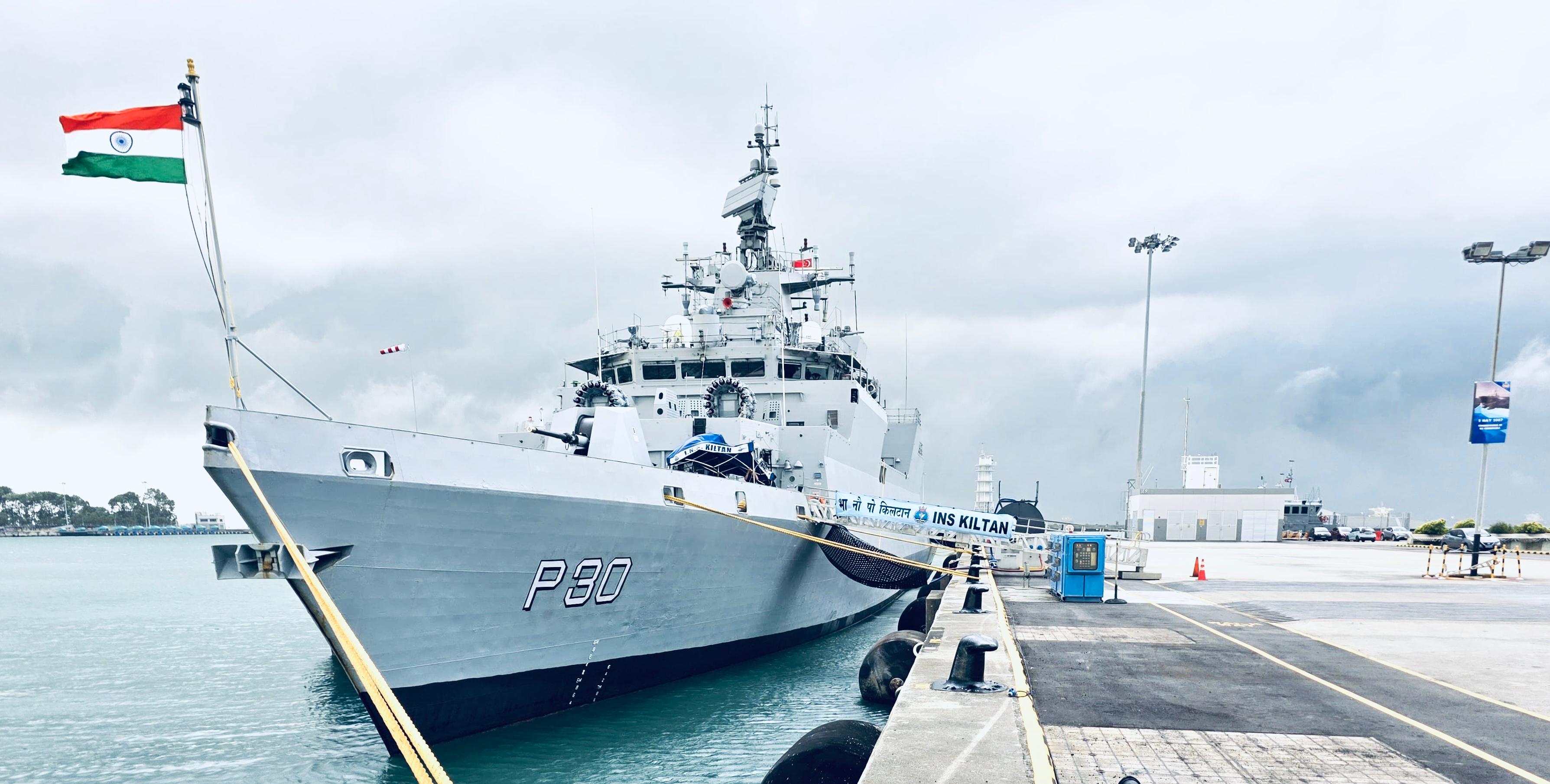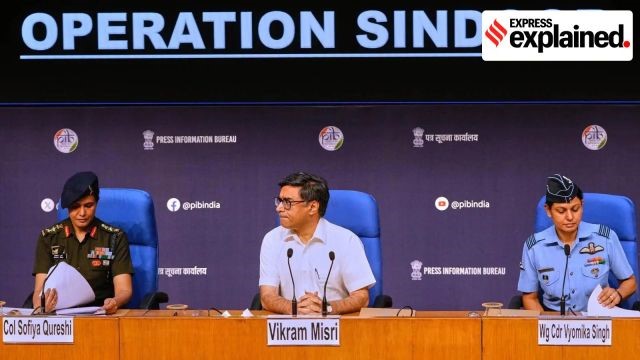Mission Sankalp
- 10 May 2025
In News:
Mission Sankalp is a large-scale counter-insurgency operation launched jointly by security forces of Chhattisgarh Police, Telangana Police, CRPF, and the elite CoBRA unit. The operation targets the dense forested Karregutta hills along the Chhattisgarh–Telangana border, focusing on dismantling Maoist strongholds and disrupting their operational capabilities.
Key Objectives and Area of Operation
- Primary Aim: Neutralize senior Maoist leaders, especially targeting Battalion 1 of the People’s Liberation Guerrilla Army (PLGA), the armed wing of the CPI-Maoist.
- Geographical Focus: Forested, hilly terrain covering parts of Bijapur district (Chhattisgarh) and Mulugu district (Telangana).
- Goals: Destroy Maoist hideouts, bunkers, arms caches, and logistics networks to cripple the insurgency infrastructure.
Forces Involved and Operational Scale
- Personnel: Over 28,000 personnel including District Reserve Guard (DRG), Bastar Fighters, Special Task Force (STF), CRPF, CoBRA, and support from the Indian Air Force.
- Tactics: Precision strikes guided by aerial surveillance and intelligence inputs in challenging forest terrain.
- Scope: The operation spans approximately 800 square kilometres across the inter-state border area.
Achievements and Impact
- Casualties and Encounters: Since its launch on April 21, around 35 encounters have taken place. At least 26 Maoists, including several senior cadres and three women cadres with bounties of ?8 lakh each, have been killed. Approximately 168 Maoists have been eliminated across Chhattisgarh in 2025, with 151 in the Bastar region.
- Seizures: Security forces have recovered over 2 tonnes of explosives, 400+ improvised explosive devices (IEDs), around 40 firearms, and more than 6 tonnes of ration, medicines, and daily essentials. Hundreds of Maoist hideouts and bunkers have been destroyed.
- Casualties Among Security Forces: Six personnel, including a CoBRA officer, were injured in IED blasts but are now stable.
- Strategic Outcome: The operation has dealt a severe blow to the Maoist command structure, disrupted logistics, and restored state authority in previously inaccessible tribal areas.
Strategic Importance
- Inter-State Cooperation: Mission Sankalp marks one of the largest coordinated anti-Naxal operations in recent years, reflecting enhanced synergy between central and state security forces.
- National Security: It aligns with the Centre’s zero-tolerance policy towards Left Wing Extremism, aiming to weaken the Maoists’ influence and support the restoration of governance and development in affected tribal regions.
- Long-Term Goals: By neutralizing the insurgency's core military units, the operation seeks to create conditions for improved infrastructure, welfare delivery, and civilian confidence in law enforcement.
New Framework for Regulation Formulation and Public Consultation

- 10 May 2025
In News:
The Reserve Bank of India (RBI) has introduced a structured framework designed to standardize the creation and revision of its regulatory policies. This initiative aims to enhance transparency, consistency, and public engagement throughout the regulatory process.
Key Aspects of the Framework
- Unified Application:The framework covers all forms of RBI regulations, including directions, guidelines, notifications, policies, and standards.
- Mandatory Public Consultation:Draft regulations are required to be published on the RBI’s official website along with a detailed Statement of Particulars. These drafts will remain open for public comments for a minimum period of 21 days, allowing stakeholders to provide their inputs.
- Impact Evaluation:Each draft must clearly outline its objectives, conduct an impact assessment, and reference relevant international best practices and global standards to ensure comprehensive evaluation.
- Response to Feedback:After considering public comments, the RBI will release a summary addressing the feedback alongside the final version of the regulations.
- Regular Review:Existing regulations will undergo periodic reassessment based on supervisory insights, alignment with global developments, and their continued applicability in a dynamic environment.
Significance of the Framework
- Enhances Transparency and Inclusiveness:By inviting public participation, the framework ensures a more open and accountable regulatory process.
- Encourages Evidence-Based Policy:The incorporation of impact analysis and stakeholder feedback supports more informed and effective policymaking.
- Aligns with Global Standards:The framework positions India’s regulatory governance in harmony with international best practices.
- Boosts Regulatory Efficiency:Continuous review and rationalization help in eliminating redundant regulations and improving overall governance.
International Maritime Defence Exhibition (IMDEX) Asia 2025

- 10 May 2025
In News:
The International Maritime Defence Exhibition (IMDEX) Asia is a leading biennial maritime and defence event in the Asia-Pacific region, held since 1997 in Singapore at the Changi Exhibition Centre. It serves as a key global platform for navies, coast guards, and maritime defence industries to showcase advanced naval platforms, cutting-edge technologies, and engage in strategic dialogue.
Indian Navy’s Participation
- In May 2025, the Indian Naval Ship INS Kiltan arrived in Singapore to participate in IMDEX Asia 2025.
- This deployment forms part of the Indian Navy’s operational commitments and highlights the strong maritime partnership between India and Singapore.
- During the exhibition, the Indian Navy crew engaged in multiple bilateral and multilateral activities, including professional exchanges with the Republic of Singapore Navy (RSN) and other participating navies.
- Activities included guided tours for schoolchildren, cross-deck visits with other navies, and curated visits for defence industry representatives to promote awareness of maritime security and India’s naval heritage.
Key Features of IMDEX Asia
- Platform for Defence Collaboration: IMDEX Asia facilitates showcasing of naval systems and debut of advanced maritime technologies.
- Strategic Dialogue: The event hosts high-level policy discussions and strategic dialogues on maritime security.
- International Maritime Security Conference (IMSC):
- Established in 2009, IMSC is a crucial component of IMDEX.
- Jointly organised by the Republic of Singapore Navy and the S. Rajaratnam School of International Studies (RSIS).
- It convenes navy chiefs, coast guard leaders, policymakers, and strategic analysts.
- The conference aims to enhance mutual maritime security, improve maritime domain awareness, and foster cooperative responses to challenges in the global maritime commons.
Significance
- The Indian Navy’s participation in IMDEX Asia underlines its commitment to regional maritime security and stability.
- It also reinforces the longstanding friendly ties between India and Singapore and highlights the importance of naval interoperability and defence cooperation in the Indo-Pacific region.
Persian Gulf vs Arabian Gulf
- 10 May 2025
In News:
The United States, under then-President Donald Trump, proposed a shift in terminology by referring to the Persian Gulf as the “Arabian Gulf” during a state visit to Saudi Arabia, aligning with the preferences of some Arab Gulf countries.
Historical and Geopolitical Background
- The name “Persian Gulf” has been historically documented since the 16th century, appearing in treaties, maps, and international references.
- Arab countries such as Saudi Arabia, UAE, and Bahrain use the term “Arabian Gulf” in national documents and cartography.
- The proposal by Trump faced criticism from Iran, which regards the renaming as a politically motivated act aimed at undermining its historical and cultural identity.
Iran’s Response
- Iran’s leadership, including Foreign Minister Abbas Araghchi, has condemned any attempt to alter the name, calling it a hostile and invalid act with no legal or geographical legitimacy.
- In 2012, Iran had threatened to sue Google for omitting the name "Persian Gulf" from its maps.
International Standards
- The International Hydrographic Organisation (IHO), responsible for standardizing maritime names, continues to officially recognise the name “Persian Gulf.”
- While countries can adopt different terms domestically, they cannot enforce global changes unilaterally.
Geographical Features of the Persian Gulf
- Type: Marginal sea of the Indian Ocean, located in Western Asia.
- Size: ~251,000 km²
- Depth: Average ~50 m; Maximum ~90 m
- Coastline: ~5,117 km; Iran has the longest stretch (~1,536 km)
- Borders:
- North: Iran
- Southwest: Saudi Arabia, UAE, Qatar
- Northwest: Iraq, Kuwait, Bahrain
- Islands:
- Qeshm Island (Iran): Largest in the Gulf (~1,491 km²)
- Bahrain: Sovereign island nation with over 50 islands and a key US naval base
Strategic and Economic Significance
- The Strait of Hormuz, linking the Persian Gulf to the Arabian Sea, is a critical chokepoint for global energy, with ~30% of global oil exports passing through.
- The region is a theatre of military presence, with navies of the US, Iran, and Gulf countries asserting control and influence.
- Strategic islands like Qeshm and Bahrain hold economic and military importance.
Operation Sindoor

- 10 May 2025
In News:
On May 7, 2025, the Indian Armed Forces launched Operation Sindoor, a coordinated precision strike on terrorist camps located in Pakistan and Pakistan-occupied Kashmir (PoK). The operation was a response to the killing of civilians in Pahalgam by Pakistan-backed terrorists.
Key Facts:
- 21 terror camps across 9 locations were targeted.
- Advanced niche-technology weapons were employed to ensure minimal collateral damage.
- The operation highlights India's evolving capability in long-range, precision-guided weaponry.
Major Precision-Guided Weapons in India’s Arsenal
1. HAMMER (Highly Agile and Manoeuvrable Munition Extended Range)
- Origin: France (by Safran)
- Platform: Integrated with Rafale fighter jets
- Range: Up to 70 km
- Features:
- All-weather precision
- Autonomous guidance
- Jamming-resistant
- Operable at low altitude over rough terrains
- Role in Operation: Likely used for air-to-ground strikes on tactical targets.
2. SCALP (Storm Shadow in UK)
- Type: Air-launched stealth cruise missile
- Origin: Europe (by MBDA)
- Range: Up to 450 km
- Navigation: Uses INS, GPS, and terrain referencing
- Capabilities:
- Bunker-penetration
- Low radar signature
- All-weather and night operable
- Relevance: Designed for deep precision strikes, ideal for hardened terrorist infrastructure.
3. METEOR
- Type: Beyond Visual Range Air-to-Air Missile (BVRAAM)
- Origin: MBDA (Europe)
- Propulsion: Solid-fuel ramjet for sustained high-speed interception
- Special Feature: Large No-Escape Zone, effective in electronic warfare conditions
- Use Case: Enhances air superiority and can neutralize enemy aircraft before visual contact.
4. BRAHMOS Supersonic Cruise Missile
- Developed by: DRDO (India) and NPOM (Russia) under BrahMos Aerospace
- Speed: Mach 2.8–3.0
- Range: Initially 290 km, now extended to 450–500 km after India’s MTCR entry
- Warhead: 200–300 kg
- Platforms: Compatible with land, sea, and air platforms
- Features:
- Fire-and-Forget
- Precision strike at low terminal altitude (~10 m)
- Strategic Role: Provides rapid, stealthy, and accurate strikes across the services.
5. Loitering Munitions ("Kamikaze Drones")
- Function: Combines surveillance and strike capabilities
- Features:
- Can loiter over target zones
- Autonomous or semi-autonomous targeting
- High precision against time-sensitive or mobile targets
- Adoption: Increasing induction across the Army, Navy, and Air Force
